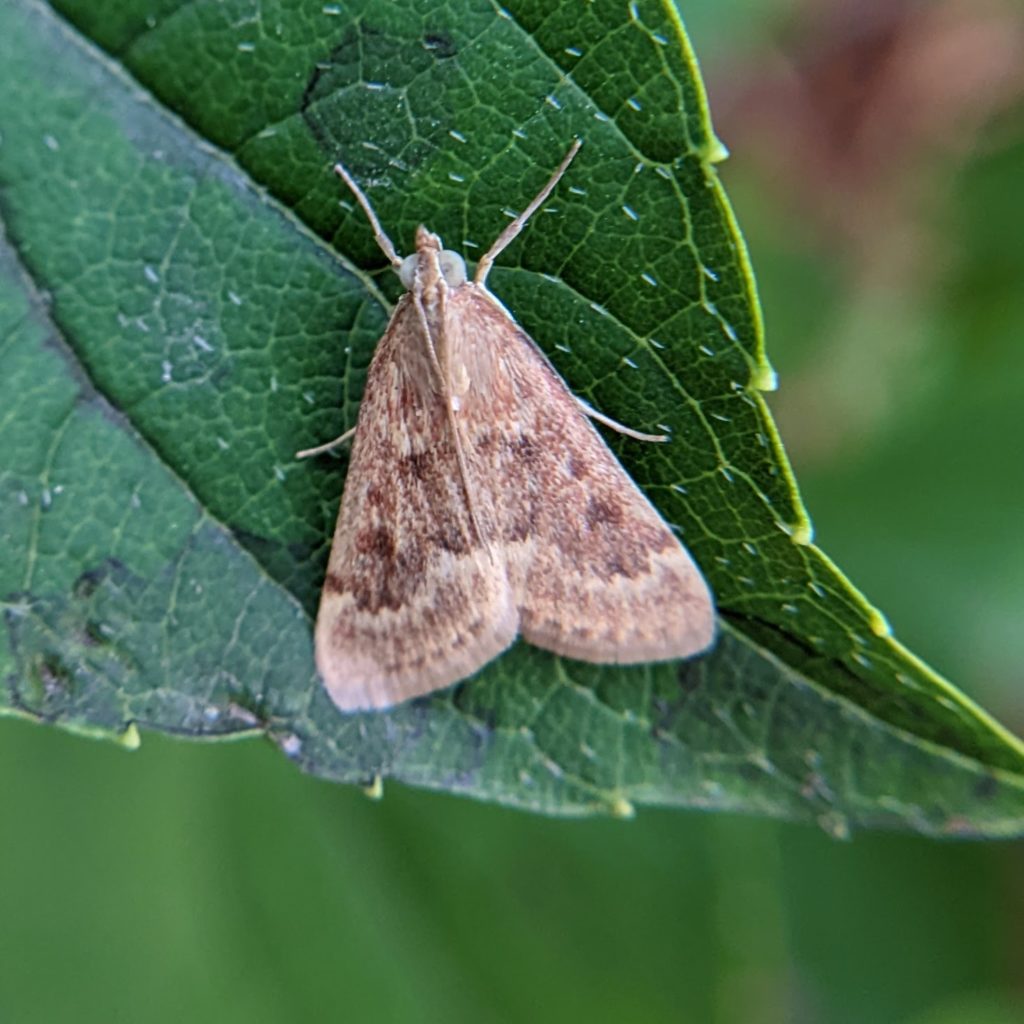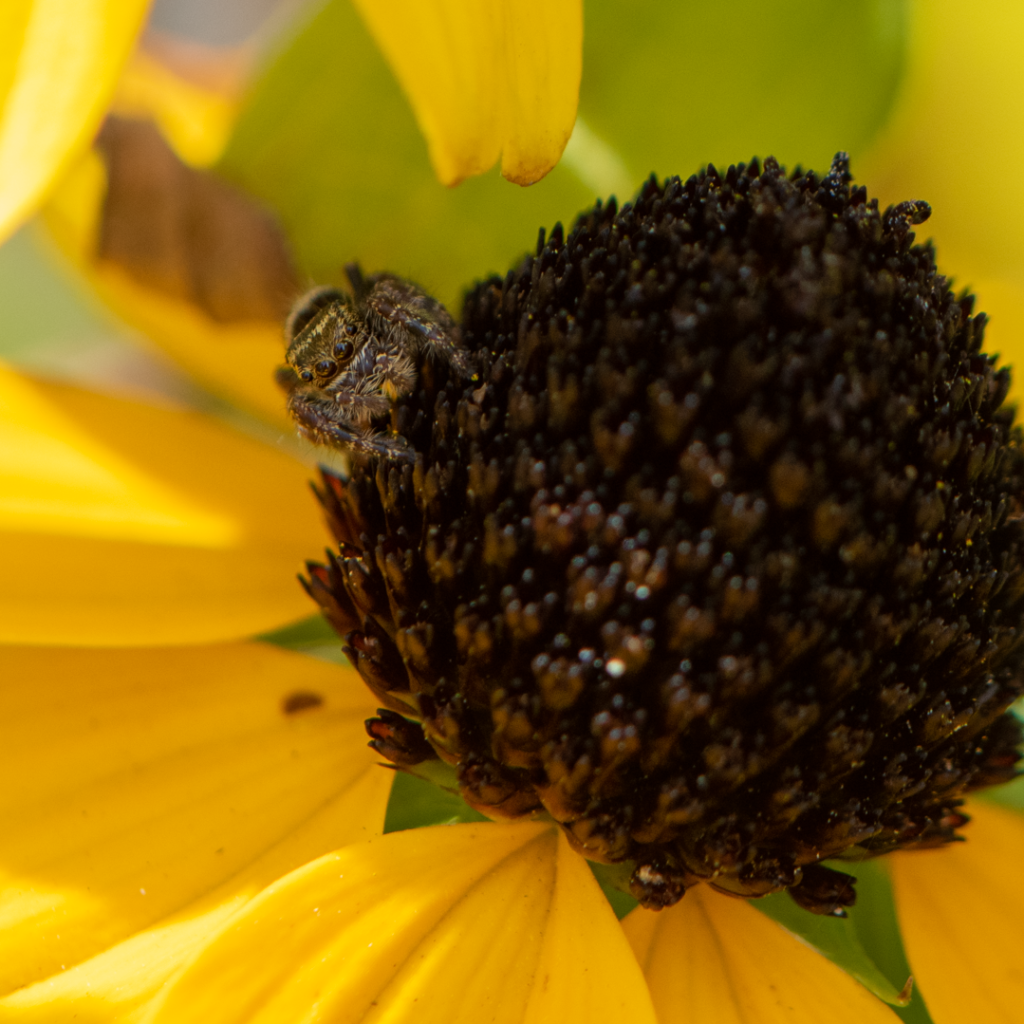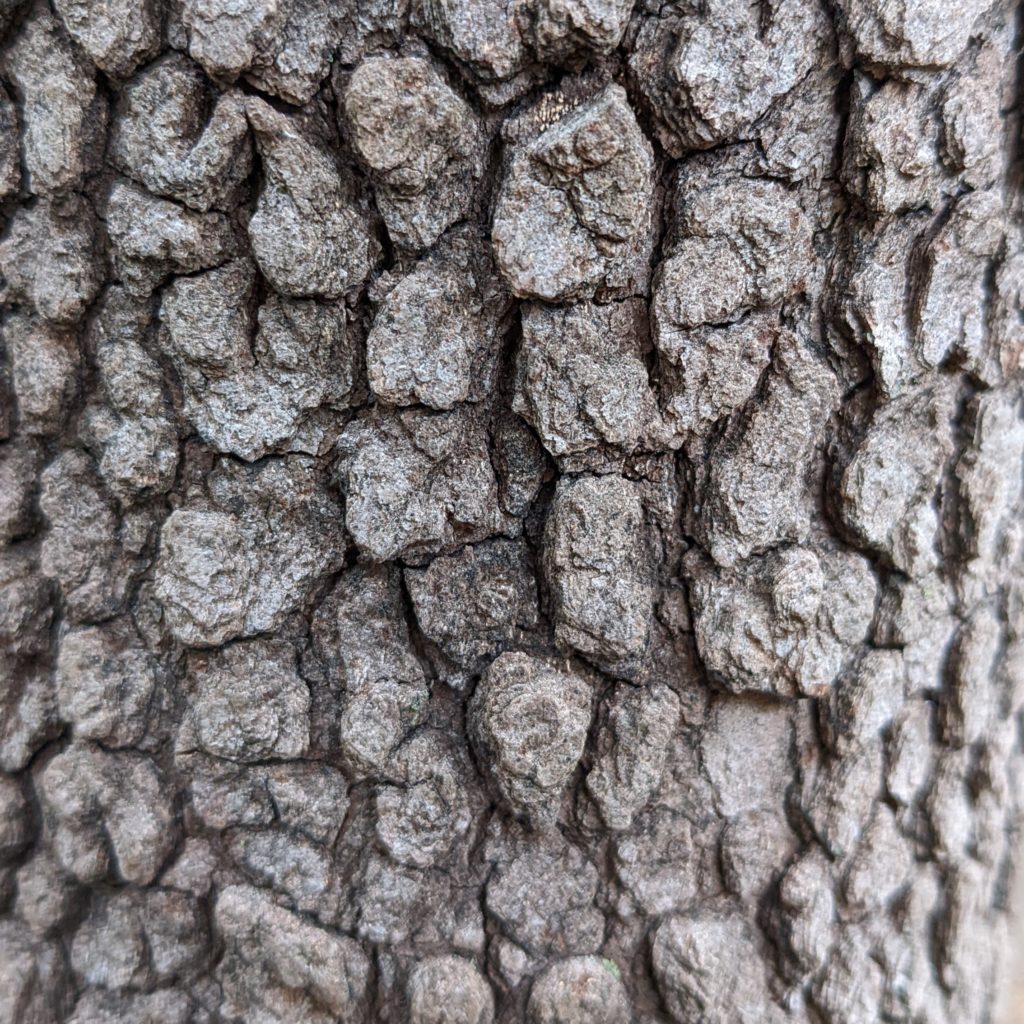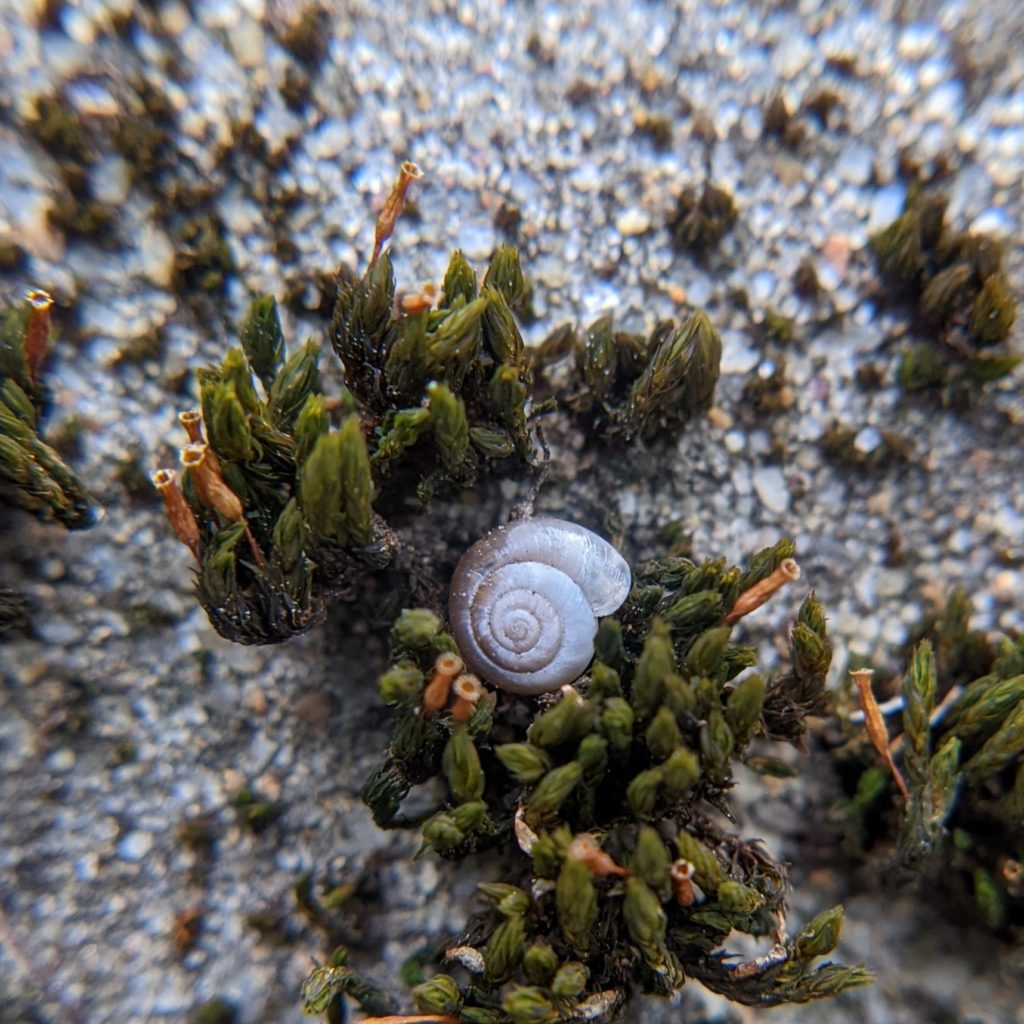Let's Go Bugging!
All the blogs say to hunt bugs in the morning. That’s when they’re most active, in the cooler part of the day, and that’s when I’d be more comfortable too. But here I am after noon again, eyeing a thunderstorm coming in at 4 as the temperature approaches 90. At least there’s a warm-ish breeze.
I make it out the front door with everything the first time: camera, macro lens, camera bag in fanny pack mode, bug wipes (for those I don’t care to hang out with), hand wipes (for after the bug wipes), and new clip-on macro lens for my phone. I’m off across the commuter rail bridge, past the railing where I found that giant chestnut weevil last year, above the new Green Line T station that will maybe definitely open this year, and down a side street.
Ever since the pandemic, I’ve been exploring my neighborhood: first with a DSLR I borrowed from work, then with my own. I used to sneak away in the afternoons when I didn’t have meetings to take long walks with my macro lens in the summer (for bugging) and zoom lens in other seasons (for birding), but now that I’m between jobs I take these hours freely without worrying what waits for me back at my desk.
 I put on my metaphorical bug-eyes, and yes, I do picture myself slipping on a pair of giant fly-eye glasses over my regular specs. This street has a lot of gardens, brick walls, and wooden fences, which are all good places to spot small friends. Having done this for three summers now, I know which plants I can probably skip (roses are pretty useless, tbh) and which plants know how to throw a party (this changes throughout the year, but I can usually count on the usual suspects of pollinators, including their stems and leaves).
I put on my metaphorical bug-eyes, and yes, I do picture myself slipping on a pair of giant fly-eye glasses over my regular specs. This street has a lot of gardens, brick walls, and wooden fences, which are all good places to spot small friends. Having done this for three summers now, I know which plants I can probably skip (roses are pretty useless, tbh) and which plants know how to throw a party (this changes throughout the year, but I can usually count on the usual suspects of pollinators, including their stems and leaves).
But I scan just about everything green for a disruption in the usual pattern of leaves and flowers, because sometimes they surprise me. Like today, I spot a garden webworm moth resting on the leaf of a hydrangea bush, which I usually consider kind of useless for bug reasons. Thankfully the moth stands out enough against the green, and is politely still while I take a few pictures with my DSLR and camera. Now THOSE are bug eyes.


After the moth’s close-up, I dash across the street to check out a white wooden picket fence. I’ve found more bugs on white wood than on any other color or type of fence out there. Nothing there today, but the yard it’s in front of doesn’t have a lot in the way of tall bushes or trees, so I’m not completely surprised. A few low brick walls stand in front of the next few houses, so even though this side of the street is sunny, I stay here and scan for little dark spots on the lighter concrete. Is it a spider? Industrious ant? Could it be one of my beloved WEEVILS? No. It’s just bird poop. And I successfully refrain from talking to or poking it…THIS time.
At last I find some butterfly milkweed spilling out of a yard onto the sidewalk, Western honeybees bees buzzing around it (pictured at top). Before I take any pictures I watch them to see how long they pause at each flower, carefully calculating how much time I have to compose the perfect shot—no, no I definitely don’t do that. I start shooting before I’ve even changed my shutter speed, and end up with some blindingly overexposed photos. Finally I ease into it, find their rhythm, and stick around until I’m pretty sure I should either leave or put on some sunscreen.
During my next stop I’m admiring black-eyed Susans when I catch some movement on one of the leaves, which is not where I normally see pollinators. It’s a tiny jumping spider! These were some of my first little friends I made in 2020 because of their big front-facing eyes, furry little pedipalps (front appendages used for sensing and tasting), and brave personalities (I’ve had to stop photographing several subjects because they wouldn’t leave my camera alone). This one is pretty shy, but it’s also young, so after a few quick snaps I leave the little spood in peace with its flower. It will surely grow into its species name of bold jumping spider with time.
After watching bees and the tiny spider in the sun, I’m ready to walk in the shade for my final few blocks to my destination, a neighborhood park. I can tell I’m winding down when I pass perfectly good hiding spots without a second glance. This is when I look for other things that satisfy the eye, like tiny snail shells hiding in moss on a stone wall, or the stone-like cracked pattern of dogwood bark. They’re like a rest for my bug eyes.
I sit on a moss-covered bench in the park, sip a fantastic spiced iced coffee from a local Mexican restaurant, and listen to the dog-day cicadas. I think about doing a closer canvas of the boulder piles in the park, but a cool breeze and darkening sky remind me that I’m trying to beat a storm. So I take a quick look over the nooks and crannies in the rocks and see nothing much other than a few flies that escape a closer inspection the moment I see them. I tell myself that the bugs, too, are getting ready for the storm.
The raindrops start to hit the glass about ten minutes after I take off my boots. I hope the moth has moved to the underside of the leaf, or better yet the underside of a porch roof. I picture the bees coming out later, drying off their little antennae, ready to get back to collecting. I edit and download my photos, upload them to iNaturalist for identification, and look forward to next time. Hope you can join me again!

